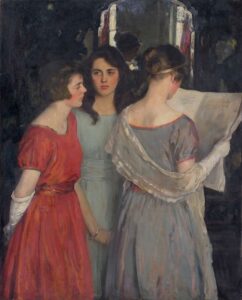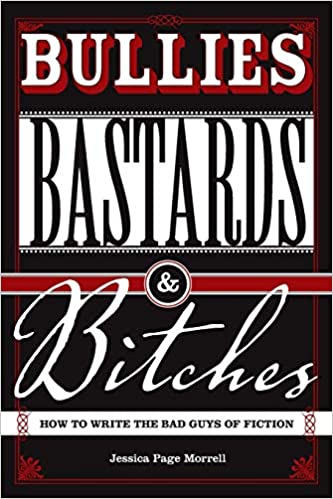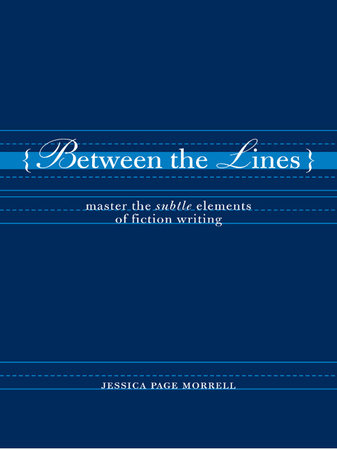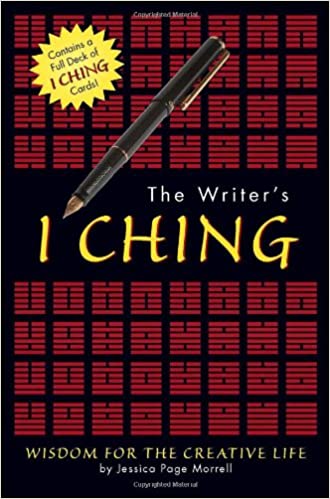 Storytelling in its many forms allows readers to enter immersive, dramatic situations, where interesting people tackle intriguing and often harrowing problems. Now these problems can be sordid or heartbreaking or seemingly hilarious–I’m remembering a Sue Grafton novel where PI Kinsey Millhone illegally enters a house and crawls in through a dog door. Not surprisingly she’s greeted by a dog who growls if she tries to stand, so she ends up exploring on hands and knees.
Storytelling in its many forms allows readers to enter immersive, dramatic situations, where interesting people tackle intriguing and often harrowing problems. Now these problems can be sordid or heartbreaking or seemingly hilarious–I’m remembering a Sue Grafton novel where PI Kinsey Millhone illegally enters a house and crawls in through a dog door. Not surprisingly she’s greeted by a dog who growls if she tries to stand, so she ends up exploring on hands and knees.
But all the obstacles and troubles must have profound ramifications in your characters’ lives and must be woven into the fabric of the story. In fact, hurdles make up the scaffolding that threads the story together.
Your story world provides context and helps clarify why your characters are fumbling, stumbling, and screwing up as they pursue goals. I see backstory as the lore, the raison d’etre or justification for being. And details weave together that world as obstacles create conflict. {Check out Just Say No here}
Details shade the story with mood and provide an immersive experience.
Readers need to feel like they are living inside a story in the same way that interactive video games bring players into the action. Game playing makes players feel like they are the character they’re playing. Vidoe games feature winds blowing, animal helpers leading the characters to unknown places, and nasty never-before-seen creatures are stalking them. This means gamers are problem solving as they play along in their assumed identities. And gaming is your competition these days. Because readers want experiences.
This means intimate details need to be as precise and sensory as real life even though, of course, it’s all artifice. Even if your fictional world is untethered from our everyday world, as in fantasy and science fiction, contemporary readers expect cinematic elements on each page and plots and characters molded by the place they come from.
However, setting or world building isn’t achieved by injectig descriptions or details as if they’re steroids or additives. Nor are they mere sprinkles on top of cupcakes.
sprinkles on top of cupcakes.
Give it meaning. Make your details purposeful. Description isn’t filler. Description creates emotions as it anchors story worlds.
As I write this it’s a soggy evening, fog shrouding the nearby looming Douglas firs. Rain is in the forecast for tomorrow and you can smell it, feel it coming. Indoors a nearby lamp is glowing pale amber and the smells from tonight’s Vietnamese shrimp soup are in the air. I’m wearing black yoga pants and a lavendar cableknit turtleneck. My furnace just kicked in with a soft whoosh. The chair I’m sitting in has embossed leaves and stems, the silk fabic buttery. {Impossible to keep clean with regular use.} I’m sitting cross legged.
So that’s a bit of the background of my evening. It’s cozy in here. If this was fiction it would be a setup for disruption and threat. If a stranger banged on the door leering in through the window, or I heard a high-pitched terrified scream, or I clicked on a website and learned I’d won a fat lottery,then these details could have meaning. Then the disruption feels more profound.
 Create characters who walk, talk, laugh, and ache like people in real life do. This means you’re writing characters as real as your friends, neighbors, coworkers, and family. You already know that characters are the beating heart of every story, but the next step is to create a vivid authenticity.
Create characters who walk, talk, laugh, and ache like people in real life do. This means you’re writing characters as real as your friends, neighbors, coworkers, and family. You already know that characters are the beating heart of every story, but the next step is to create a vivid authenticity.
Get your hands dirty. Eat, sleep, walk with, shop with, tangle with your characters. Readers should be able to smell them, hear them, know the texture of their hair, skin, clothing. The lilt or jangle of their voices. Dress them with care.
Fiction is intimate because readers want nearness, familiarity, proofs. And you want to create narrative intimacy or deep connections between characters, even between foes for added tension and threat. Similarily you want tight connections between reader and protagonist. It all starts with intimate knowledge.
Details create connections and the human brain adores connections. Past and present colliding. Sisterly and brotherly connections. Morher and child. Father and child. Teachers and students who learn from each other. Generational scars.
To be continued
Keep writing, keep dreaming, have heart





Leave a Reply